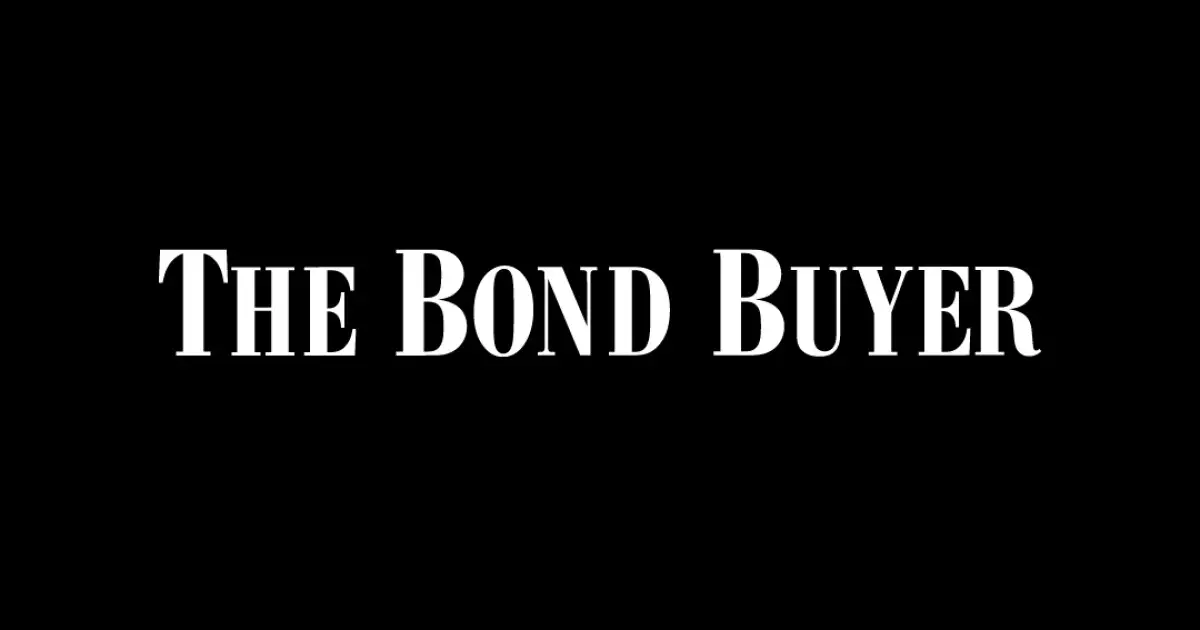For over a decade, investors in the municipal bond market have been seduced by the allure of high yields, particularly those tantalizing 5% callable bonds. These financial instruments have become the go-to choice for many, appearing to offer guaranteed returns with minimal risk. However, upon closer scrutiny, a troubling reality emerges: the marketed safety of these bonds is merely an illusion, shaped by an artificially inflated coupon rate that masks significant underlying costs.
The seductive nature of these bonds stems from their structure, which has been meticulously crafted to present very little downside. The callable feature at par in 10 years creates an expectation among investors that these high-grade bonds are almost immune to trading below their face value. But what many investors fail to recognize is that while these bonds are framed as safe, they operate under a de facto limitation in real value. This is akin to having a beautiful facade that hides a crumbling foundation—a risk that can easily catch even seasoned investors off guard.
The Hidden Dangers of Refunding
Refunding—often viewed as a maneuver to capitalize on lower interest rates—has become a regular practice among municipal issuers of 5% bonds. However, this process, though ostensibly advantageous, can introduce unforeseen complexities. Notably, these bonds do not always align with the prevailing economic conditions. They are regularly refunded, even in environments of rising interest rates, which speaks to a lack of strategic foresight among issuers. Herein lies the first major catch: the potential savings showcased through refunding can come at the expense of future investors.
The practice of refunding creates a scenario where callable bonds, despite having a nominal lifespan of 30 years, are essentially treated as if they are only valid for a decade. This contraction of true value induces a psychological cost on investors—one that is often not immediately apparent. Callable bonds become a mirage in the desert of high yields, where the initial thirst is quenched but the financial well-being remains critically dehydrated.
The Call Option: A Costly Secret
One of the starkest realities surrounding callable bonds is the inherent cost associated with the embedded call option. This hidden charge begs the question: how much less valuable is a callable bond compared to its non-callable counterpart? The harsh truth is that the difference can be striking—potentially a significant 12 points when comparing like structures. Investors must grasp that the call option, while conveniently ignored by many, represents a costly trade-off.
In a financial landscape rife with risk, it’s imperative for investors to arm themselves with the right tools to navigate these murky waters. Dismissal of this hidden cost could prove disastrous. Understanding the call option’s influence on pricing opens a pathway toward better investment strategies. Municipal issuers, however, often neglect a deeper analysis of these options when making funding decisions, perpetuating a cycle of financial ignorance that could be easily avoided.
Assessing True Value Amidst Deception
Attempting to determine the fair price of a long maturity, non-callable bond proves more challenging than most might anticipate. Given their scarcity, investors are left with few benchmarks, making the extraction of interest rates a convoluted task. However, utilizing option-adjusted spread analytics can illuminate the path to genuine valuation. Yet, such options often remain shrouded in complexity, challenging the average investor to demand greater transparency and clarity from issuers.
The present market dynamics, underscored by a notable 86% muni to Treasury yield ratio, indicate that even sound strategies can lead to confusion. If investors fail to recognize these fundamental discrepancies in bond valuation, they may find themselves navigating a maze with inadequate tools. The relationship between callable and non-callable bonds is not merely a matter of choice—it is a nuanced decision that can determine financial success or failure.
Rethinking Municipal Issuance Strategy
To move forward effectively, municipal issuers must reassess their strategic landscape, particularly when it comes to issuing 5% callable bonds. The persistent practice has shown itself to be riddled with potential pitfalls, yet remains a mainstay due to a reluctance to explore alternatives. The case for issuing optionless bonds is compelling; it mitigates the risk associated with hidden costs and allows for a clearer investment narrative that attracts a stronger class of investors.
By raising call prices to reflect actual market conditions, issuers can prevent future costs and foster a more transparent bond market. This would not only benefit investors but could also elevate the issuer’s prestige. The reality is that today’s investors have access to a plethora of investment tools and strategies. From performance metrics to alternative bond structures, the sophistication of the current financial landscape offers a more intelligent approach than merely succumbing to the historic prevalence of 5% callable bonds. Only then can a new era of responsible, strategic investment flourish, unmarred by the shadows of hidden costs.


Leave a Reply